(CLO) The online newspaper Časoris has been born, bringing a new breeze to help nurture the habit of reading newspapers among children in Slovenia, instead of knowing how to watch YouTube, TikTok and other social networks.
As a journalist and editor-in-chief at Slovenia's national newspaper Delo, Sonja Merljak Zdovc quickly realized the inevitable loss of an entire generation of news readers.
“Traditional media seems to have overlooked the fact that kids today are massive consumers of digital content. They grew up with TikTok, YouTube and other social media platforms, not newspapers. It’s unrealistic to expect them to automatically switch to newspapers,” she commented.

With a creative approach and appropriate content, reading newspapers can become fun and rewarding for children. (Illustration: sylvanlearning)
Merljak Zdovc decided to change this and create the next generation of news readers. So Časoris was founded in 2015 as a free online newspaper for Slovenian children aged 6 to 12. The name itself is a play on the words “newspaper” (časopis) and “drawing” (risati). Despite its target audience, Časoris operates like any traditional newspaper. It has sections on politics , business, sports and entertainment.
Merljak Zdovc highlights four ways to communicate news to children:
Easy to understand language
Časoris creates engaging articles using knowledge journalism and multimedia techniques for their young readers. Keep sentences short and simple but don’t make them sound boring. For example, their article about the US elections uses simple sentences to explain but also adds Instagram posts and YouTube videos for readers. Their article about COP29 includes the link between global warming and the floods in Spain, making the topics more relevant to readers.
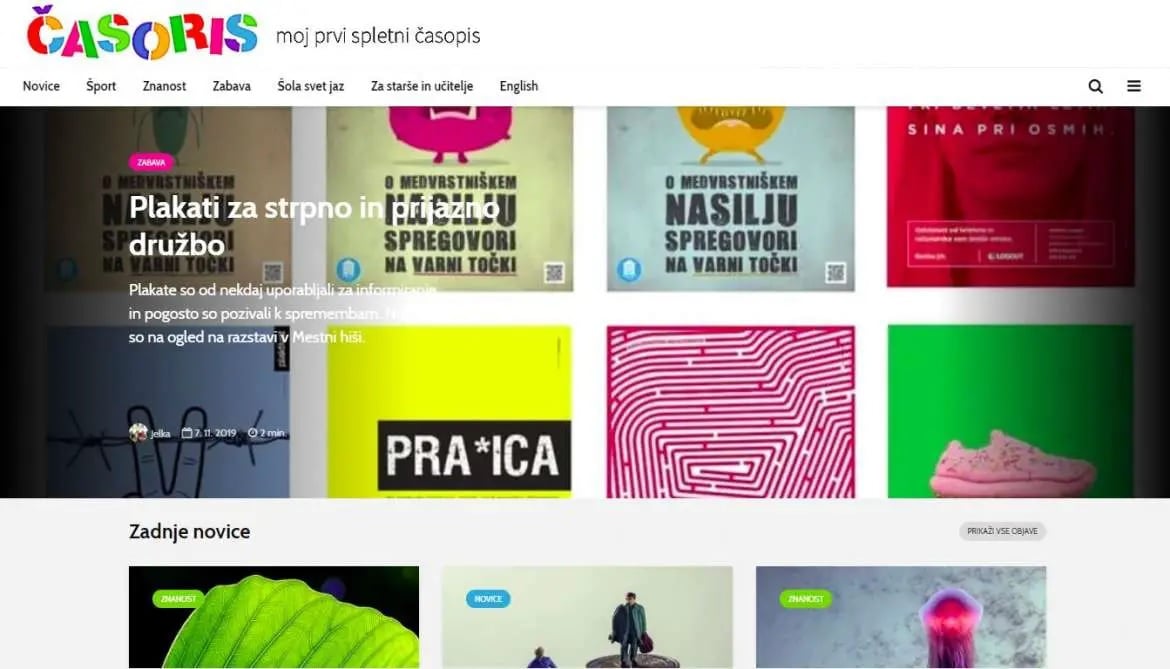
The eye-catching interface of Casoris. Screenshot
Read, learn, discuss
One unique thing that Časoris does is provide readers with a glossary at the end of each article. This way, they ensure that readers are exposed to difficult words without compromising their ability to understand the article. Časoris also includes three questions at the end of each article. The goal is to encourage readers to engage more with the news by discussing it with their peers. These questions play an important role in the classroom, where teachers can encourage healthy discussion among their students.
Let children do
Časoris truly believes that children have a lot to contribute. This is why they encourage children to contribute to the newspaper. “We always encourage children’s participation by inviting them to contribute articles on topics that interest them, which the editorial office is happy and proud to publish,” says Merljak Zdovc.
Involving children in news production has paid dividends. The most widely read and most resonant article was written by a first-year high school student about a trend popular among Slovenian youth. The topic was then picked up by established media outlets.
Accept slow journalism
News fatigue is a real thing. But it can be even more widespread among children. That's why Časoris publishes one article every day. Merljak Zdovc admits that this prevents them from publishing news in a timely manner. "We don't want to overwhelm our young readers with constant crises."
For example, in the face of the severe flooding that is taking place in Spain and Bosnia, Časoris decided to suspend publishing articles about Spain and instead publish more positive news.
Phan Anh (according to Časoris, Ijnet)
Source: https://www.congluan.vn/cach-to-bao-slovenia-nuoi-duong-thoi-quen-doc-bao-cho-tre-em-post329239.html










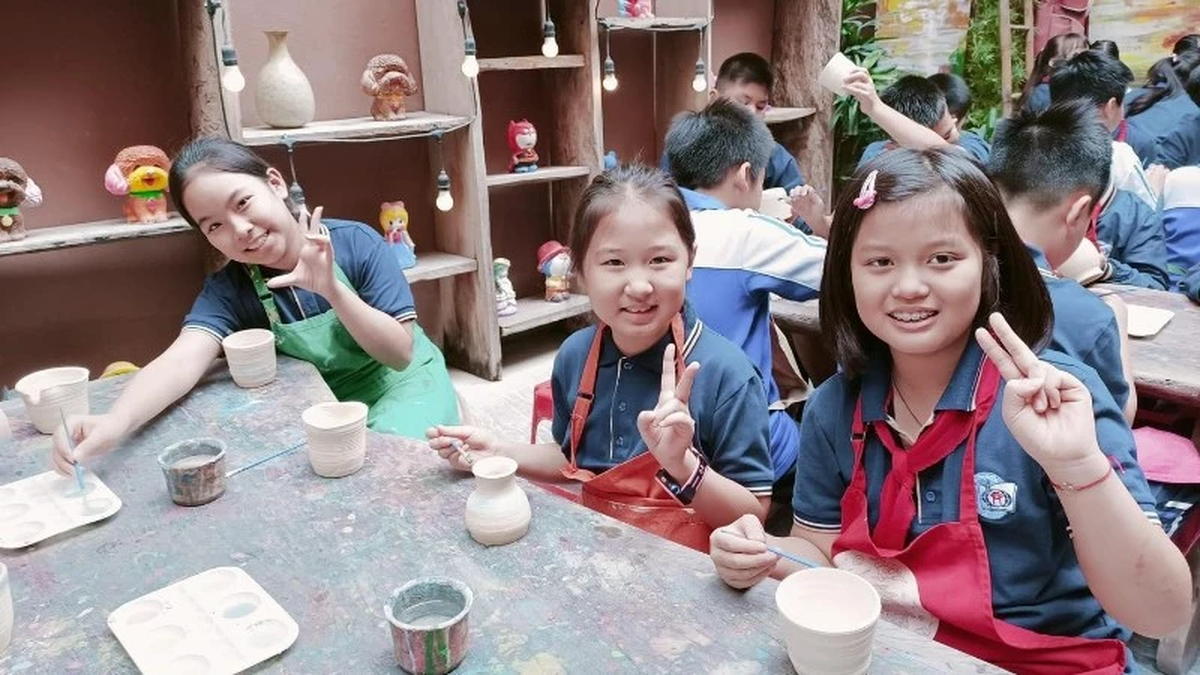























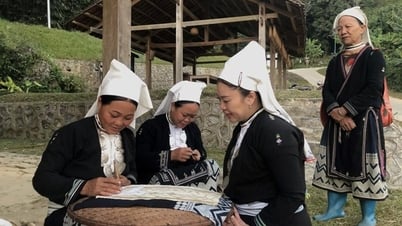























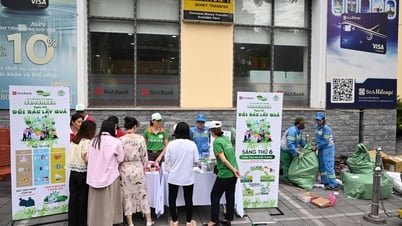









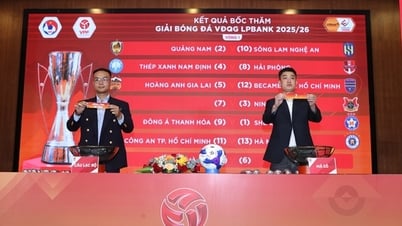








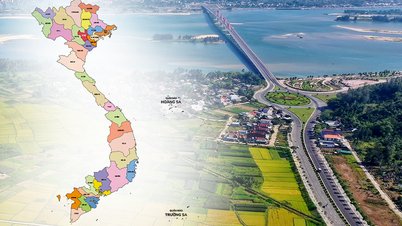
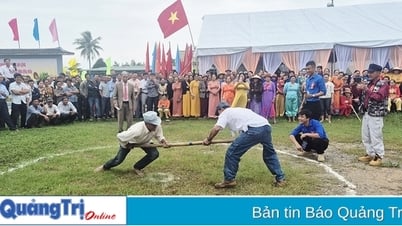

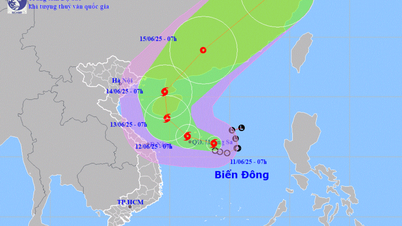

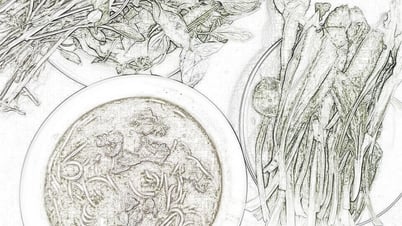

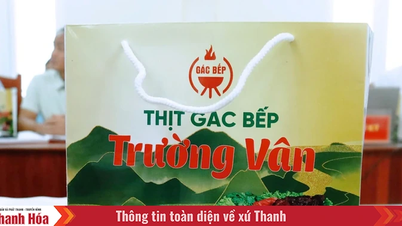



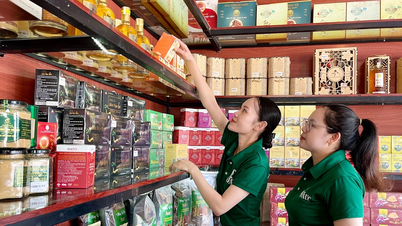








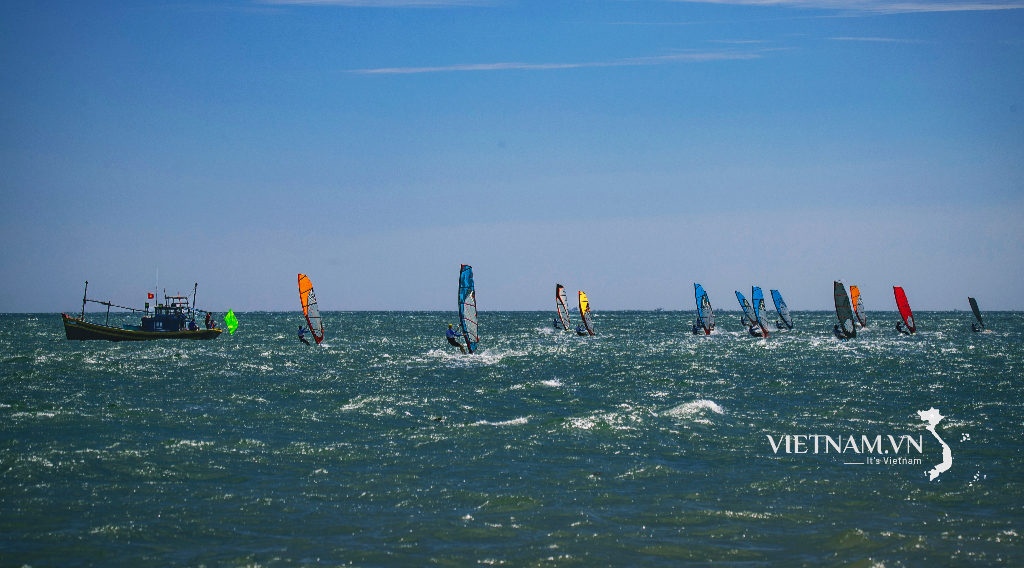



Comment (0)